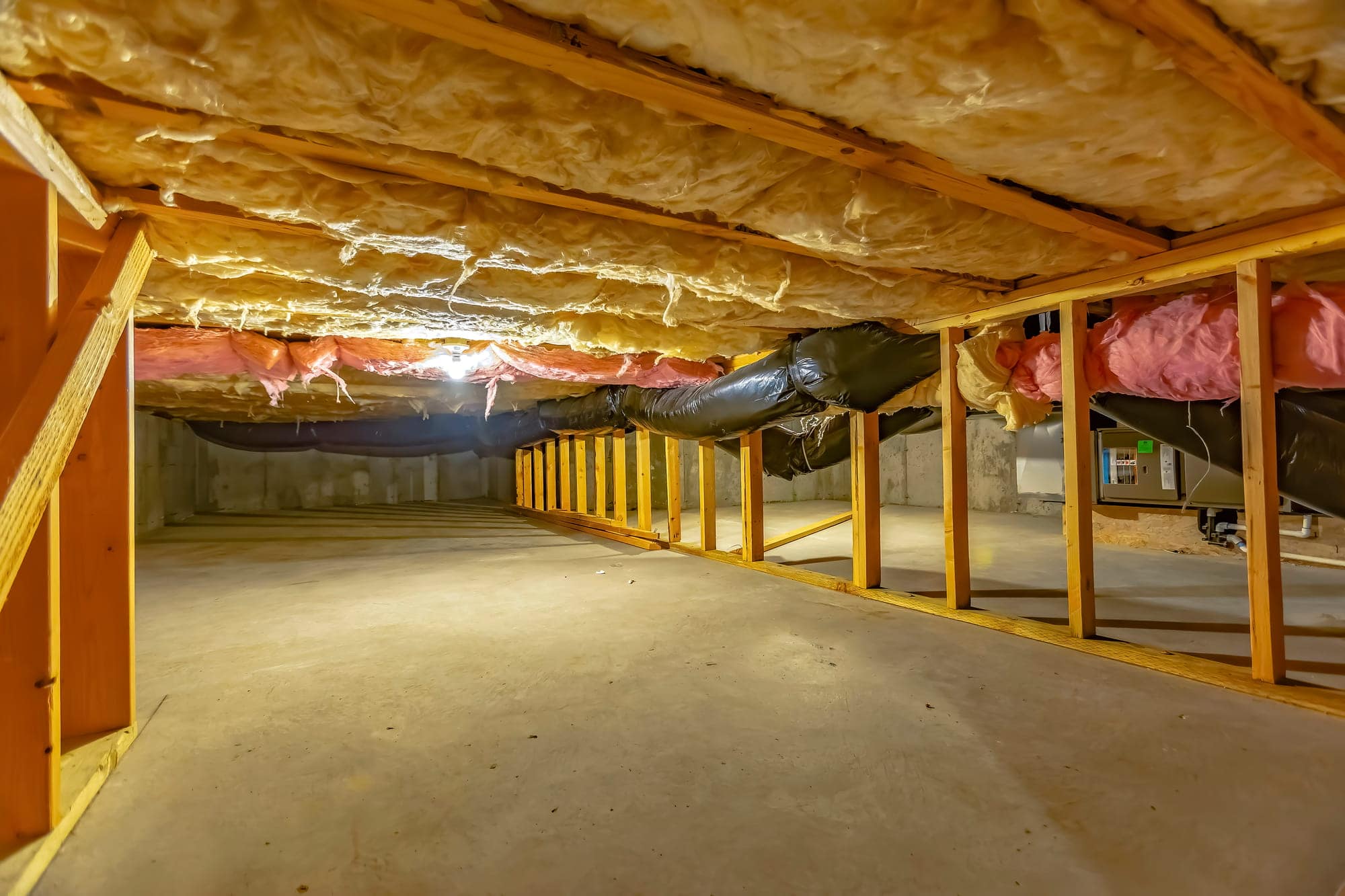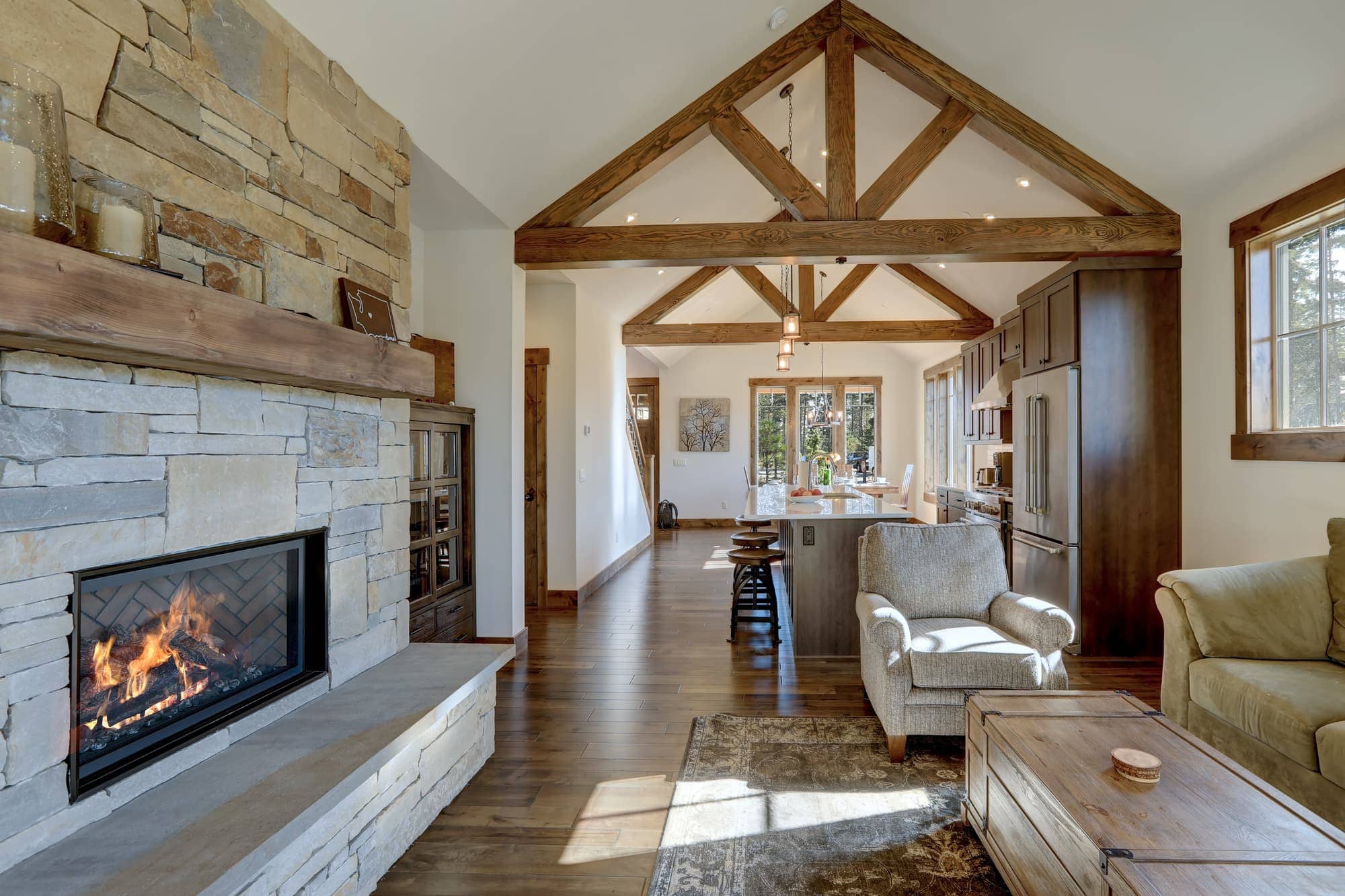
GET YOUR FREE GUIDE!
- 1/30 30Active
$229,900
3 Beds1 Bath2,112 SqFt207 S Pleasant ST, Edinburgh, IN 46124
Single Family Home
Listed by Zane Wischmeier of eXp Realty LLC

- 1/18 18Active
$1,500
1 Bed1 Bath900 SqFt1104 Franklin ST, Columbus, IN 47201
Single Family Home
Listed by Zane Wischmeier of eXp Realty LLC

- 1/124 124Active
$849,900
6 Beds4 Baths6,538 SqFt15411 N State Road 9, Hope, IN 47246
Single Family Home
Listed by Fernanda Da Rocha Robinson of eXp Realty LLC

- 1/23 23Active
$199,900
3 Beds2 Baths3,017 SqFt107 W Main ST, Westport, IN 47283
Single Family Home
Listed by Zane Wischmeier of eXp Realty LLC

- 1/55 55Active
$349,900
3 Beds3 Baths2,140 SqFt2879 Prairie Stream WAY, Columbus, IN 47203
Single Family Home
Listed by Zane Wischmeier of eXp Realty LLC

Check out our partner video series!
Check out our video resources to learn more about the buying and selling process!
Meet The Team
Featured Properties
- 1/30 30Active
$229,900
3 Beds1 Bath2,112 SqFt207 S Pleasant ST, Edinburgh, IN 46124
Single Family Home
Listed by Zane Wischmeier of eXp Realty LLC

- 1/18 18Active
$1,500
1 Bed1 Bath900 SqFt1104 Franklin ST, Columbus, IN 47201
Single Family Home
Listed by Zane Wischmeier of eXp Realty LLC

- 1/124 124Active
$849,900
6 Beds4 Baths6,538 SqFt15411 N State Road 9, Hope, IN 47246
Single Family Home
Listed by Fernanda Da Rocha Robinson of eXp Realty LLC

EXPLORE OUR FEATURED AREAS
VIEW OUR LISTINGS
















